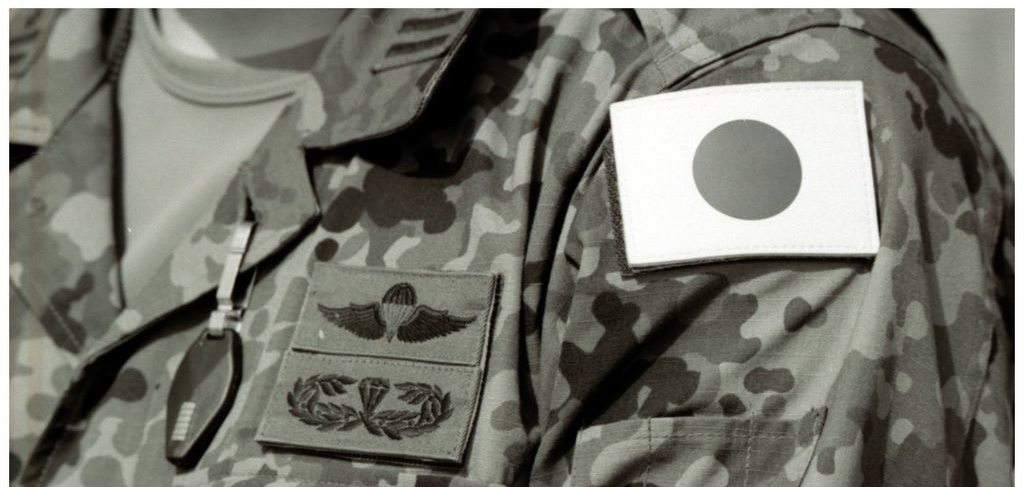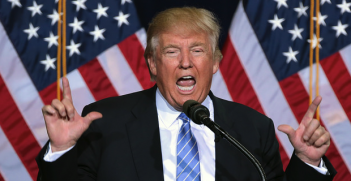Abe’s New Regional Security Strategy for Japan

In the wake of Prime Minister Shinzo Abe’s visit to Australia, the outlines of his new regional security strategy for Japan have become clearer. Australia figures as one element in this new strategy, which centres on Japan’s ability to participate in collective defence.
For Abe, collective defence is not simply about the defence of Japan in the narrow sense. It is an important building block of a multifaceted defence strategy in which Australia may potentially play a role. This important new initiative of the Abe Administration kills many birds with one stone.
First, it makes the security relationship with the United States more equal: a desire long held by conservative nationalists in Japan. Second, it aims to reinforce America’s commitment to Japanese security by bolstering Japan’s own contribution to the alliance. Third, it strengthens the deterrence function of the US-Japan alliance in dealing with regional security threats. Finally, it prepares the ground for the creation of a broader collective defence network in the Asia-Pacific.
Creating a Broader Collective Defence Network
Japan’s participation in collective defence is a necessary prerequisite for the creation of such a network. As a commitment to mutual defence would be critical to membership of such a grouping, the ability of Japan to play a role in collective defence is a necessary first step in its creation.
What the ultimate shape of such an Asia-Pacific network might take is not yet set in stone. Logically it would begin with America’s alliance partners in the region – Japan, Australia, South Korea and the Philippines – forming the inner core of the collective defence arrangement. However, the network would take defence relations amongst its participants beyond the traditional ‘vertical’ American hub-and-spokes arrangements, creating a new defence matrix of horizontal military linkages which would progress from increased defence cooperation to take on more explicit military dimensions. It would also be open to new members such as India, Vietnam and Malaysia.
Alternatively, it could advance from three and four-way defence pacts (e.g. the trilateralisation of Japan-US and Australia-US relations along the original ANZUS lines). At a recent meeting at the Sasakawa Peace Foundation in Washington DC, Liberal Democratic Party Secretary-General Shigeru Ishiba illuminated the strategic forward-thinking that is currently informing the Abe administration by referring to a ‘network of alliances’ in which ‘allies cooperate with each other’.
Parallels With NATO
Ultimately Abe’s ambitions may extend to an Asia-Pacific equivalent of NATO as a formal collective defence organisation with more military teeth. Its primary strategic purpose would be to balance and deter China, in the same way that NATO itself was considered necessary to balance and deter the Soviet Union (another major power with ambitions for territorial aggrandisement on its borders). From Japan’s perspective, such a collective defence organisation would be designed to protect smaller powers, including Japan, which do not possess the military capability to defend themselves single-handedly against a full-scale Chinese military attack.
It makes sense for those Asia-Pacific states with limited potential for internal balancing through developing national military power, including a nuclear deterrent, instead to opt primarily for external balancing, that is, allying with other powers. The Asia-Pacific ‘NATO’ would be able to do collectively what each country could not do alone. In short, an attack on one would be met with a collective response. Such a full-scale military coalition would also furnish additional insurance against a decline in US capacity and will continue to underwrite the security of Japan and of the region.
A More Proactive Security Role for Japan
In the short term, Japan’s commitment to collective defence signals a more pro-active Japanese regional security role indicating that it has ditched its long-standing postwar stance of ‘security-taker’ in order to become a ‘security-supplier’. This will entail Japan taking on a greater role in regional security in order to prepare the ground for closer defence ties with other Asia-Pacific states, including countries embroiled in maritime territorial disputes with China such as Vietnam and the Philippines. In this role Japan will demonstrate greater security autonomy alongside greater burden-sharing with the United States.
Abe’s new regional strategy for the longer term is being advanced by his diplomatic offensive in the Asia Pacific. This aims to build stronger friendships and closer diplomatic allies for Japan, in which trade, diplomatic and defence ties are inextricably enmeshed and mutually reinforcing. Accordingly, the Trans-Pacific Partnership (TPP) and the Japan-Australia Economic Partnership Agreement (JAEPA) are becoming core elements of Abe’s evolving regional security strategy. What Abe has in mind is something along the lines of a trade and diplomatic ‘coalition of the concerned’ (with China). Such a coalition is not about ‘containing’ China but about ‘constraining’ it: in short, ‘soft balancing’.
In this context it is important to distinguish Prime Minister Abe’s future-looking collective defence agenda from his backward-looking historical revisionism. The former is not a derivative of the latter but is a strategic response to present and possible future security challenges that Japan faces in the region.
Australia’s own challenge is to make key decisions about where and how far its own security vision aligns with the Abe vision and how far it should progress along the road map that Prime Minister Abe has laid out.
Aurelia George Mulgan is Conjoint Professor at the School of Humanities and Social Sciences (HASS), UNSW. She can be reached at a-george-mulgan@adfa.edu.au.





